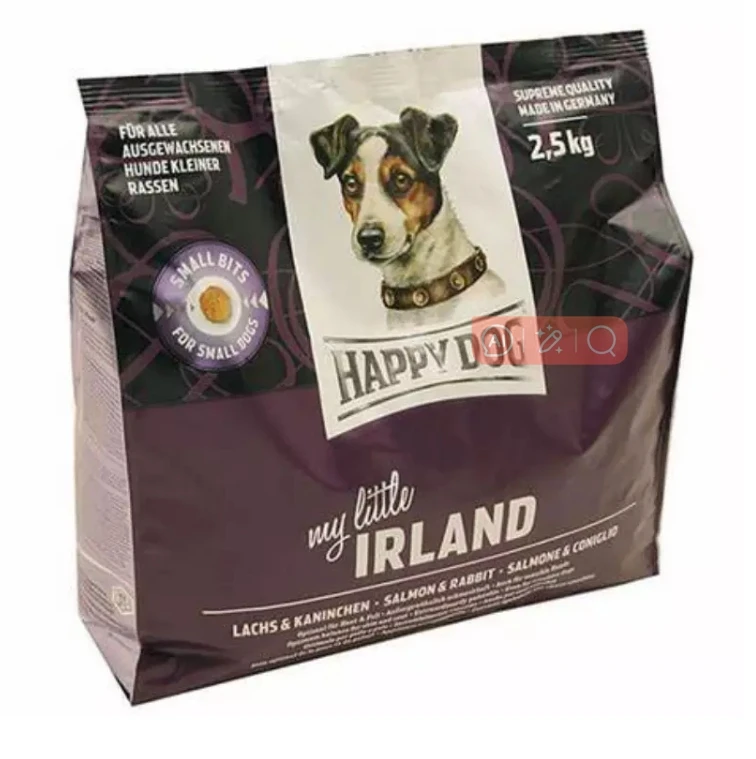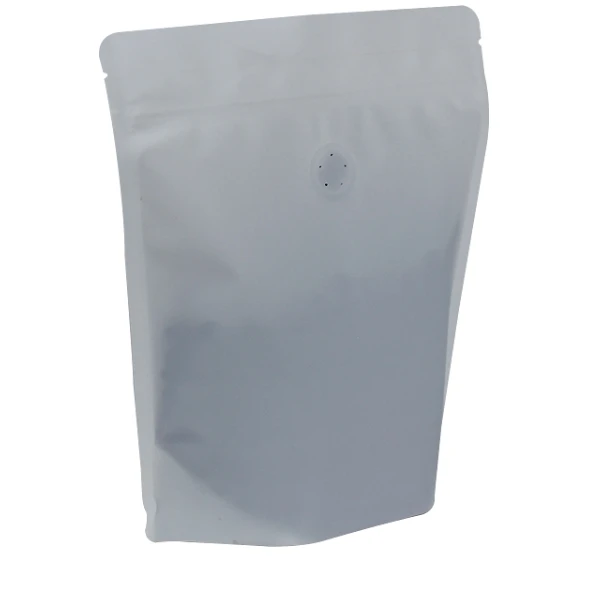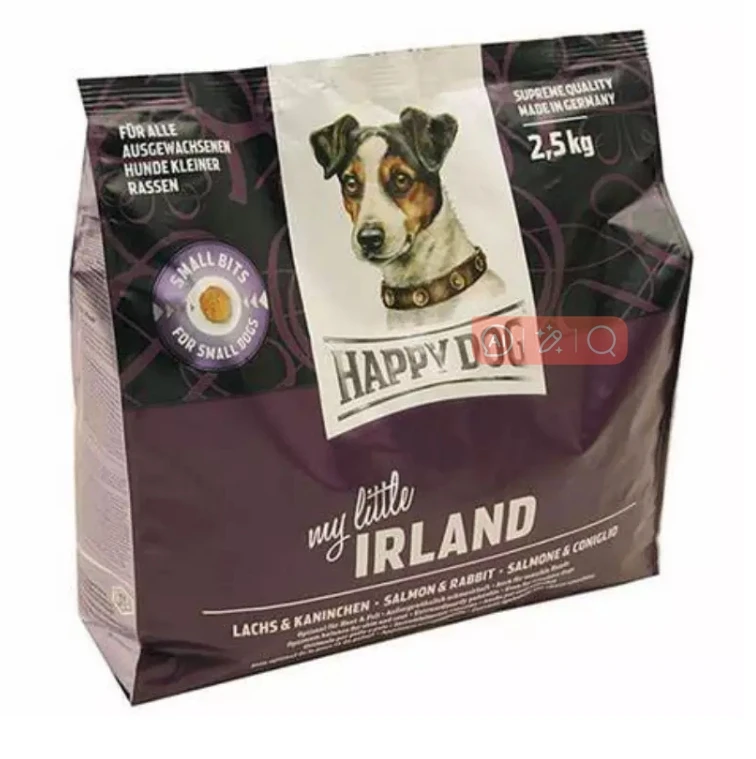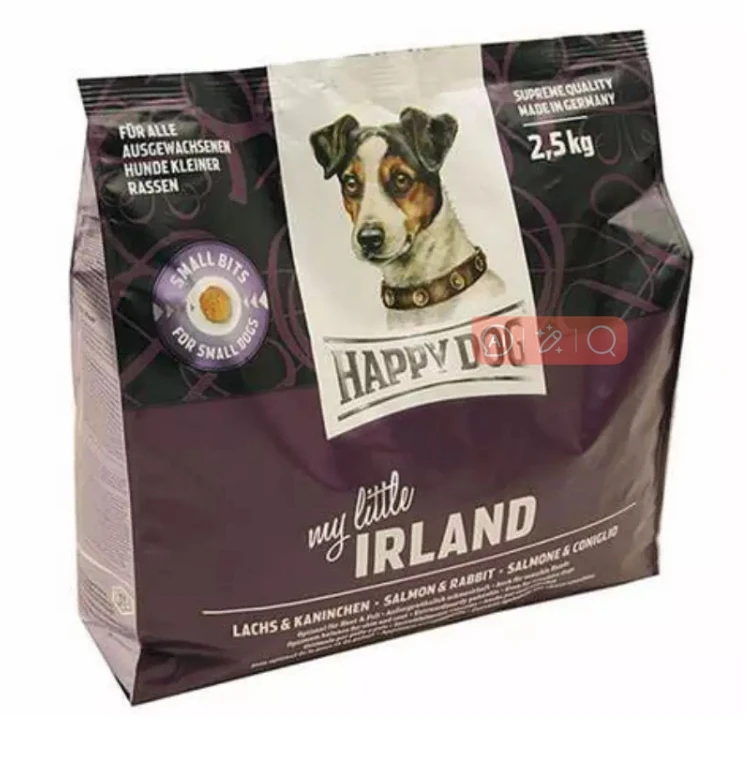- Afrikaans
- Albanian
- Amharic
- Arabic
- Armenian
- Azerbaijani
- Basque
- Belarusian
- Bengali
- Bosnian
- Bulgarian
- Catalan
- Cebuano
- chinese_simplified
- chinese_traditional
- Corsican
- Croatian
- Czech
- Danish
- Dutch
- English
- Esperanto
- Estonian
- Finnish
- French
- Frisian
- Galician
- Georgian
- German
- Greek
- Gujarati
- haitian_creole
- hausa
- hawaiian
- Hebrew
- Hindi
- Miao
- Hungarian
- Icelandic
- igbo
- Indonesian
- irish
- Italian
- Japanese
- Javanese
- Kannada
- kazakh
- Khmer
- Rwandese
- Korean
- Kurdish
- Kyrgyz
- Lao
- Latin
- Latvian
- Lithuanian
- Luxembourgish
- Macedonian
- Malgashi
- Malay
- Malayalam
- Maltese
- Maori
- Marathi
- Mongolian
- Myanmar
- Nepali
- Norwegian
- Norwegian
- Occitan
- Pashto
- Persian
- Polish
- Portuguese
- Punjabi
- Romanian
- Russian
- Samoan
- scottish-gaelic
- Serbian
- Sesotho
- Shona
- Sindhi
- Sinhala
- Slovak
- Slovenian
- Somali
- Spanish
- Sundanese
- Swahili
- Swedish
- Tagalog
- Tajik
- Tamil
- Tatar
- Telugu
- Thai
- Turkish
- Turkmen
- Ukrainian
- Urdu
- Uighur
- Uzbek
- Vietnamese
- Welsh
- Bantu
- Yiddish
- Yoruba
- Zulu
Types of Food Packaging: Pouches, Bags & Bulk Solutions
Understanding Modern Food Packaging Solutions
In the highly competitive food and beverage sector, selecting the optimal packaging solution is not merely a choice of aesthetics but a critical strategic decision impacting product integrity, shelf-life, and consumer perception. Advanced packaging technologies provide robust barriers against environmental factors, preserve nutritional value, and significantly extend product freshness. The diverse types of food packaging available today range from traditional rigid container111s to highly sophisticated flexible pouches, each engineered for specific applications and product characteristics. This evolution is driven by consumer demands for convenience, sustainability, and extended product usability, alongside regulatory requirements for food safety and traceability. Understanding the technical nuances of these materials and structures is paramount for B2B stakeholders aiming to optimize their supply chain and market presence.
Flexible packaging, in particular, has emerged as a dominant force due to its versatility, cost-effectiveness, and reduced environmental footprint compared to rigid alternatives. Specifically, the various types of pouches in packaging, including stand-up pouches, flat pouches, and retort pouches, offer exceptional barrier properties and versatility for a wide range of products. These solutions contribute significantly to reducing food waste by maintaining product freshness and preventing spoilage, which aligns with global sustainability initiatives. The choice of packaging material and format directly influences key performance indicators such as Oxygen Transmission Rate (OTR) and Water Vapor Transmission Rate (WVTR), which are vital for maintaining product quality over extended periods. Industry reports indicate that the global flexible packaging market is projected to reach over $300 billion by 2027, underscoring its pivotal role in the food industry.

Manufacturing Process: Engineering Flexible Packaging for Peak Performance
The production of advanced flexible packaging, such as the Tea/Snacks/Pet Food Stand Up Pouch Packaging Bag, involves a sophisticated multi-stage manufacturing process designed to create high-performance barrier films. This journey begins with the meticulous selection of raw materials, including polyethylene terephthalate (PET), oriented polypropylene (OPP), nylon (PA), polyethylene (PE), and advanced barrier polymers like EVOH or metallized films. These materials are chosen for their specific properties: PET for clarity and stiffness, Nylon for puncture resistance, PE for heat sealing, and EVOH/Aluminum for superior oxygen and moisture barriers. The primary manufacturing steps include film extrusion, where polymer resins are melted and formed into thin films; gravure or flexographic printing, which applies high-resolution graphics and branding; and lamination, where multiple film layers are bonded together using specialized adhesives to achieve the desired barrier and structural integrity.
Following lamination, the large rolls of composite film undergo a precise slitting process to convert them into smaller rolls suitable for pouch forming. The final stage involves advanced pouch making machines that cut, fold, and seal the film into various configurations, including stand-up pouches with bottom gussets, flat pouches, or three-side seal bags. Throughout this entire process, rigorous quality control and inspection standards are maintained. This includes adherence to ISO 9001 for quality management systems, FDA (Food and Drug Administration) guidelines for food contact materials, and GMP (Good Manufacturing Practice) protocols to ensure product safety and consistency. Each batch undergoes exhaustive tests for seal strength, burst resistance, OTR, and WVTR to guarantee its performance in real-world application scenarios, ensuring product integrity and extending shelf life significantly.
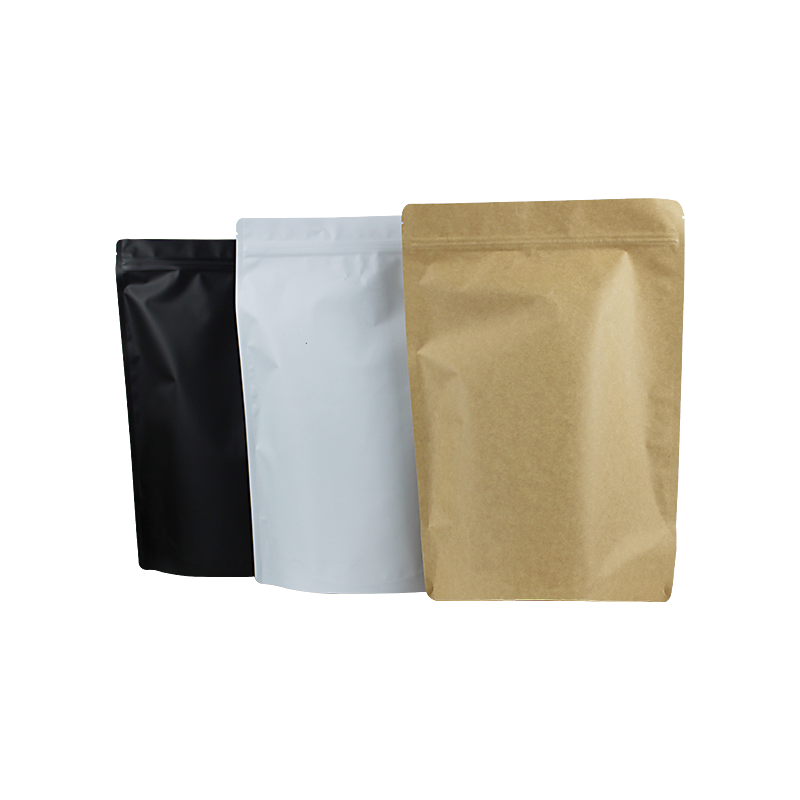
Understanding the technical specifications of different types of pouch packaging is crucial for ensuring optimal product preservation and market success. Key performance indicators (KPIs) include Oxygen Transmission Rate (OTR), Water Vapor Transmission Rate (WVTR), tensile strength, seal strength, and puncture resistance. OTR, measured in cm³/m²/24hr/atm, indicates how much oxygen can pass through the material over a given period, with lower values signifying better oxygen barrier properties critical for oxygen-sensitive products like coffee, nuts, or pet food. Similarly, WVTR, measured in g/m²/24hr, quantifies moisture ingress, essential for preventing spoilage and maintaining crispness in snacks or dry pet food.
For a high-performance solution like the Tea/Snacks/Pet Food Stand Up Pouch, typical specifications demonstrate superior barrier capabilities. For instance, a common laminate structure for pet food might involve PET/AL/PA/PE, where AL (aluminum foil) provides an almost impermeable barrier. Its OTR could be as low as types of food packaging.
| Packaging Type | Typical Structure/Material | Primary Advantages | OTR (cm³/m²/24hr) (Approx.) | WVTR (g/m²/24hr) (Approx.) | Typical Applications |
|---|---|---|---|---|---|
| Stand Up Pouch (High Barrier) | PET/AL/PA/PE, PET/EVOH/PE | Max shelf life, aroma preservation, self-standing display | <0.01 - 1 | <0.01 - 0.5 | Coffee, Pet Food, Nuts, Dried Fruits, Organic Products |
| Flat Pouch/3-Side Seal Bag | PET/PE, OPP/MET-PET/PE | Cost-effective, versatile, good for small items | 5 - 20 | Snacks, Spices, Single Servings, Pharmaceutical Powders | |
| Retort Pouch | PET/AL/CPP, PA/AL/CPP | Withstands high-temp sterilization, long shelf life | <0.01 | Ready Meals, Soups, Pet Food (wet), Baby Food | |
| Vacuum Bag | PA/PE, EVOH/PE | Eliminates oxygen, prevents freezer burn, extends freshness | 0.5 - 5 | Meats, Cheeses, Prepared Foods, Produce |
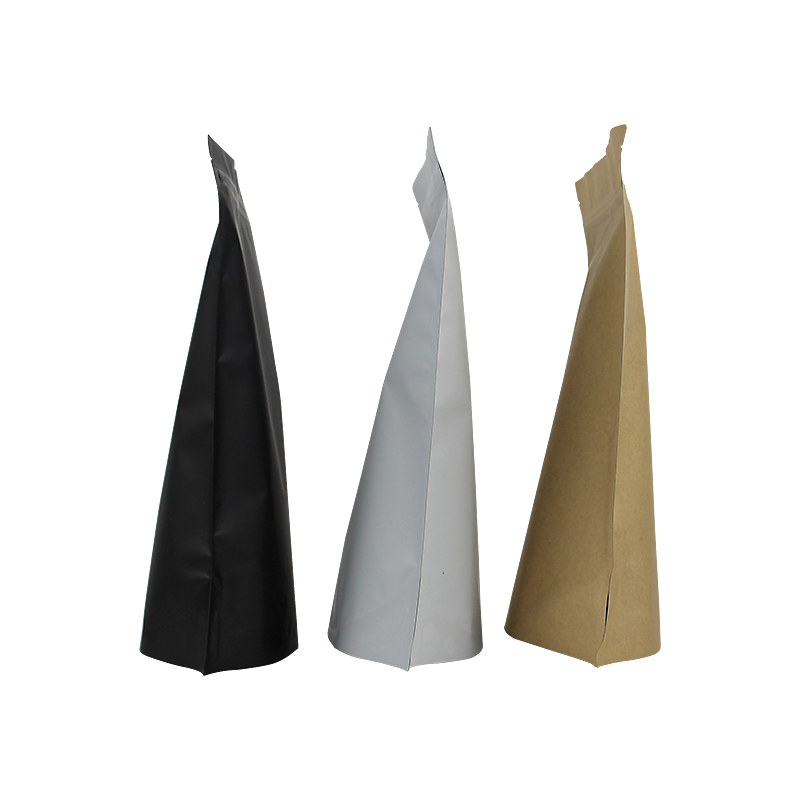
Application Scenarios and Market Trends for Food Packaging Bags
The application versatility of modern packaging solutions extends across numerous product categories, making them indispensable for brands seeking to optimize product freshness and consumer convenience. For tea products, multi-layer pouches with high-barrier properties are crucial to protect delicate aromas and flavors from oxidation and moisture, ensuring the tea's integrity from factory to cup. For snacks, the packaging must provide a strong barrier against moisture and oxygen to maintain crispness and prevent staleness, often featuring resealable closures to preserve freshness after opening. In the rapidly expanding pet food market, packaging plays a critical role not only in preserving nutritional value and palatability but also in offering convenient formats, such as large volume bulk resealable bags for dry kibble or smaller pouches for wet treats.
Current industry trends in types of packaging bags highlight sustainability, convenience, and extended shelf life. There is a growing demand for eco-friendly materials, including recyclable, compostable, or biodegradable films, driven by consumer environmental awareness and regulatory pressures. Convenience features such as easy-open tears, resealable zippers, and spouts are becoming standard, enhancing the user experience. Moreover, advancements in barrier technology continue to push the boundaries of shelf life, allowing products to reach wider markets and reduce food waste. Smart packaging, incorporating QR codes, NFC tags, or temperature sensors, is also emerging, offering enhanced traceability and consumer engagement. These innovations enable brands to differentiate their products while adhering to stringent food safety and quality standards.
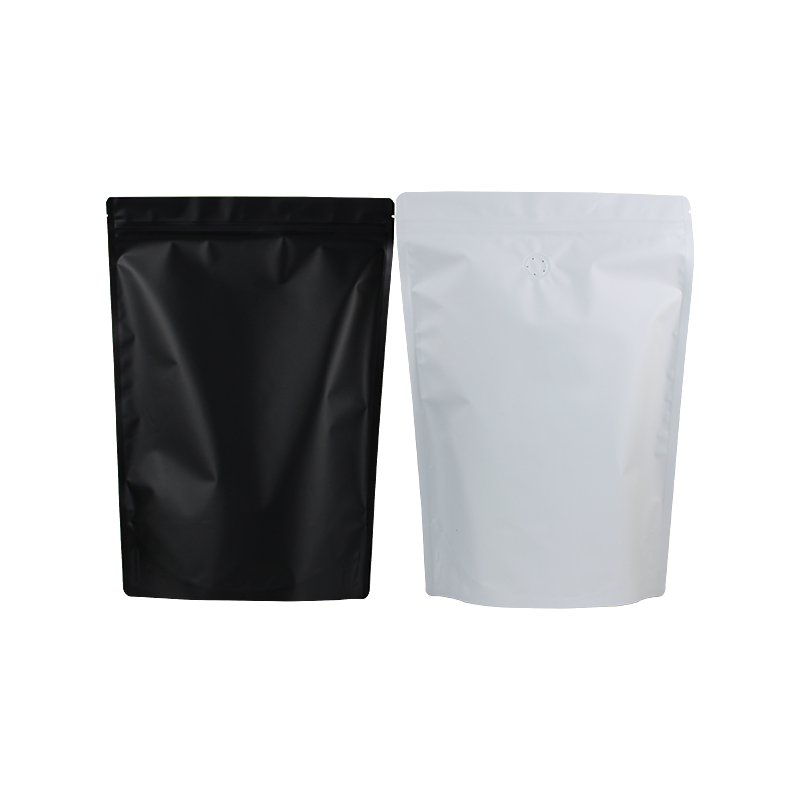
Customized Solutions and Vendor Expertise
Partnering with an experienced packaging manufacturer is crucial for companies seeking tailored and high-performance solutions for their specific products. A reputable supplier should offer comprehensive customization options, ranging from material composition and barrier properties to bag dimensions, closure types (e.g., zippers, spouts), and advanced printing capabilities. For example, the precise film structure (e.g., number of layers, material types) must be optimized based on the product's sensitivity to oxygen, moisture, and light, as well as its fill weight and expected shelf life. Manufacturers should also provide expert guidance on design, ensuring that the packaging not only protects the product but also stands out on the retail shelf with compelling branding and functional features. This deep level of customization is essential for product categories like gourmet tea, premium snacks, or specialized pet food, where differentiation and brand identity are paramount.
When evaluating potential packaging partners, B2B decision-makers should prioritize vendors with a proven track record, extensive technical expertise, and robust quality certifications. Certifications such as ISO 9001, FDA compliance for food contact materials, and BRCGS (Brand Reputation Compliance Global Standard) demonstrate a commitment to stringent quality management and food safety. A strong R&D department capable of innovating new materials and structures, along with a responsive customer support team, are also key indicators of a reliable partner. DSLPACK, with years of experience in flexible packaging, excels in providing bespoke solutions for various types of food packaging, including our specialized Tea/Snacks/Pet Food Stand Up Pouch Packaging Bag. Our commitment to quality, innovation, and client collaboration ensures that each packaging solution is perfectly aligned with product requirements and market demands.
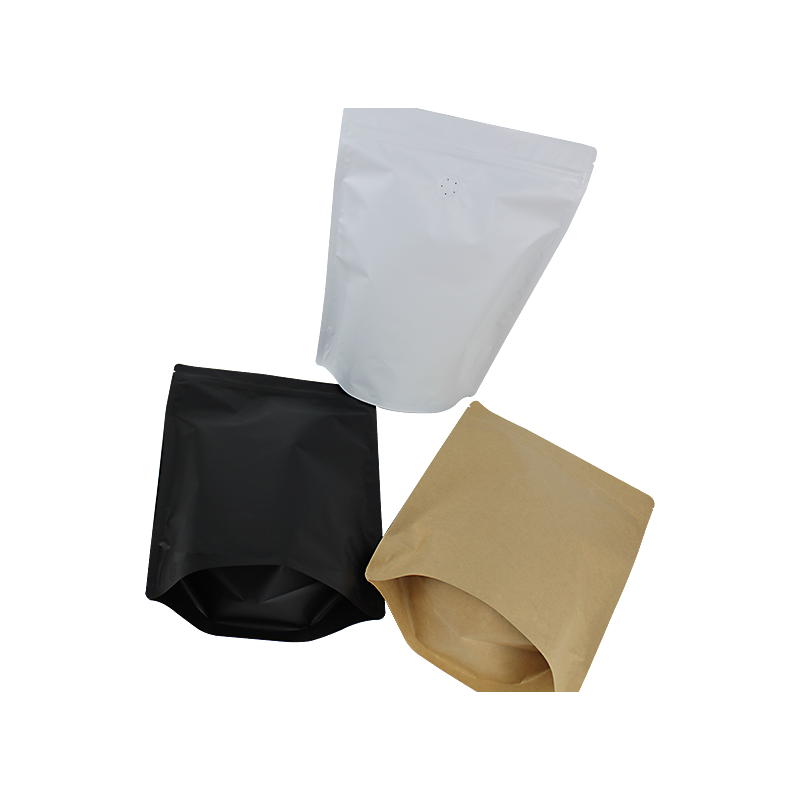
Ensuring Trust: Quality Assurance and Customer Support
Trust is the cornerstone of any successful B2B partnership, particularly in the critical domain of food packaging. Reputable manufacturers adhere to the highest standards of quality assurance, underscored by rigorous testing protocols and certifications. This includes detailed material inspections, in-process quality checks, and final product performance verification, encompassing seal integrity, burst strength, and accurate barrier property measurements. For instance, our Tea/Snacks/Pet Food Stand Up Pouches undergo a multi-point quality control process to ensure every batch meets both internal specifications and international food safety standards such as FDA and ISO 22000. This meticulous attention to detail minimizes the risk of product spoilage, leakage, and contamination, thereby protecting your brand's reputation and consumer safety.
Beyond product quality, robust customer support and clear logistical commitments are vital. This includes transparent communication regarding delivery cycles, which can range from 2-4 weeks for standard orders to longer for complex custom projects. A comprehensive warranty policy provides peace of mind, covering manufacturing defects and ensuring that products perform as specified. Furthermore, an accessible and responsive customer service team capable of addressing technical queries, providing post-sales support, and facilitating reorders efficiently is invaluable. We are committed to fostering long-term partnerships by providing unparalleled product quality, reliable delivery, and dedicated support, ensuring your experience with our types of food packaging solutions is seamless and satisfactory.
Frequently Asked Questions (FAQs)
- Q: What is the typical lead time for custom flexible packaging orders?
A: Standard lead times for custom flexible packaging typically range from 15-25 business days after artwork approval and deposit, though this can vary based on complexity and order volume. - Q: Are your packaging materials FDA-approved for food contact?
A: Yes, all our food-grade packaging materials are manufactured in compliance with FDA regulations for direct food contact, ensuring safety and non-toxicity. - Q: Can you help with packaging design and material selection?
A: Absolutely. Our expert team provides comprehensive support from concept to completion, including structural design, graphic integration, and optimal material selection tailored to your specific product requirements. - Q: What are the minimum order quantities (MOQ) for custom pouches?
A: MOQs vary depending on the specific product type, size, and printing requirements. Please contact our sales team for detailed information regarding your specific needs.
References
- Marsh, K., & Bugusu, B. (2007). Food Packaging—Roles, Materials, and Environmental Issues. Journal of Food Science, 72(3), R39-R55.
- Robertson, G. L. (2016). Food Packaging: Principles and Practice (3rd ed.). CRC Press.
- Commission Regulation (EU) No 10/2011 on plastic materials and articles intended to come into contact with food.
- Innovations in Food Packaging: Trends and Challenges. (2020). Annual Review of Food Science and Technology, Vol. 11.




